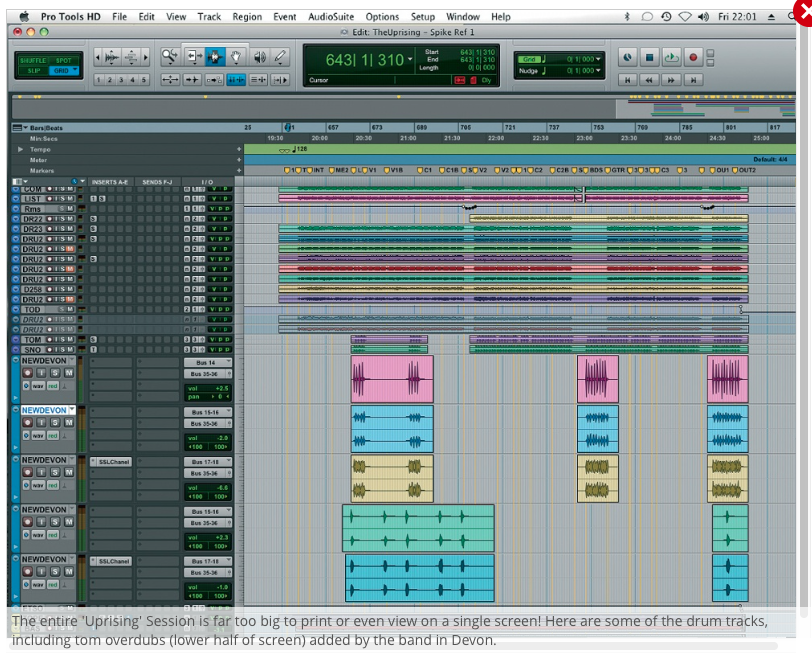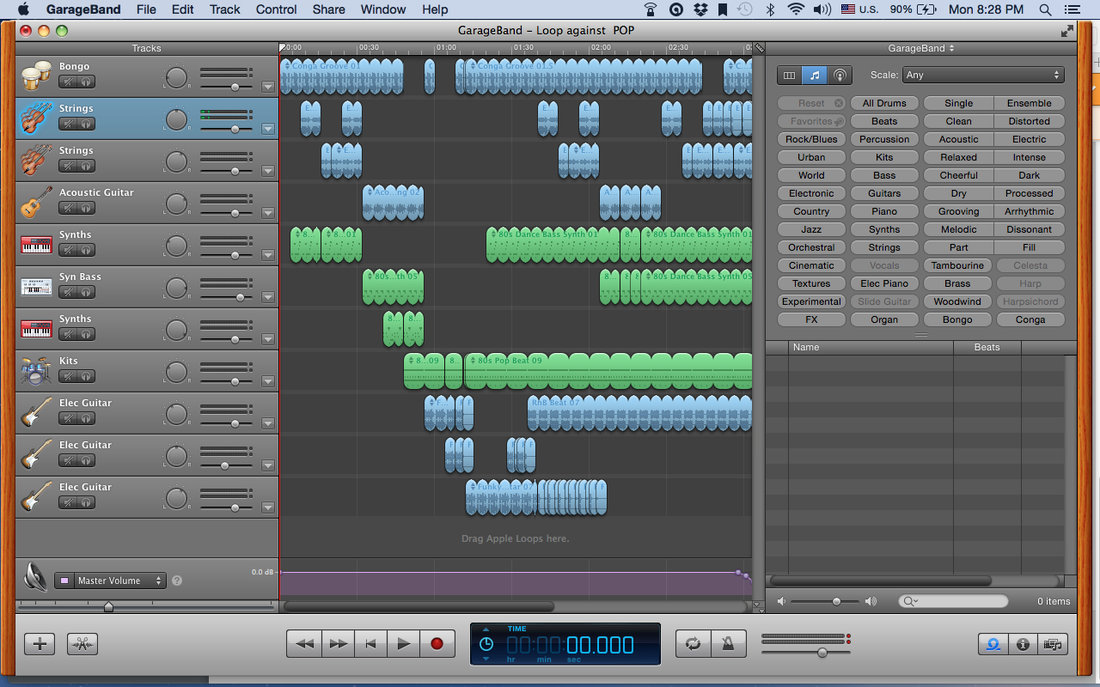I remixed my noise project https://soundcloud.com/clarindalin/noise-in-style, and added a a-cappella, "132 bpm - C - 24/7", downloaded from http://freevocals.com/.
To my surprise, they matched each other quite well. I sticked the sound of "Chimes finger down" occasionally.
To increase a stereo effect, I duplicated the vocal track twice, and panned them to their opposite direction to extreme and kept the original track at the middle position.
Here is my soundtrack: https://soundcloud.com/clarindalin/noises-in-all-in-one
To my surprise, they matched each other quite well. I sticked the sound of "Chimes finger down" occasionally.
To increase a stereo effect, I duplicated the vocal track twice, and panned them to their opposite direction to extreme and kept the original track at the middle position.
Here is my soundtrack: https://soundcloud.com/clarindalin/noises-in-all-in-one



 RSS Feed
RSS Feed
